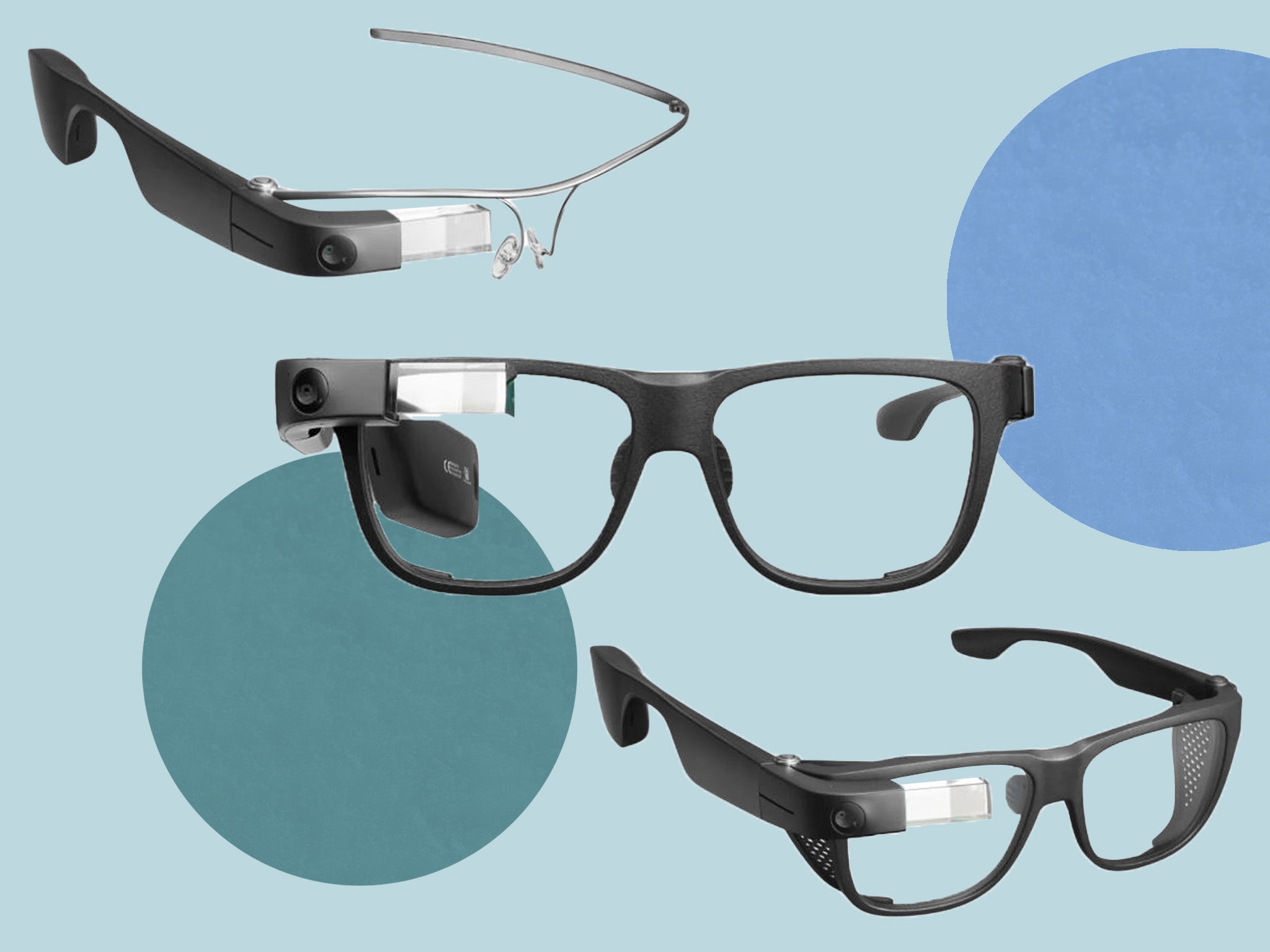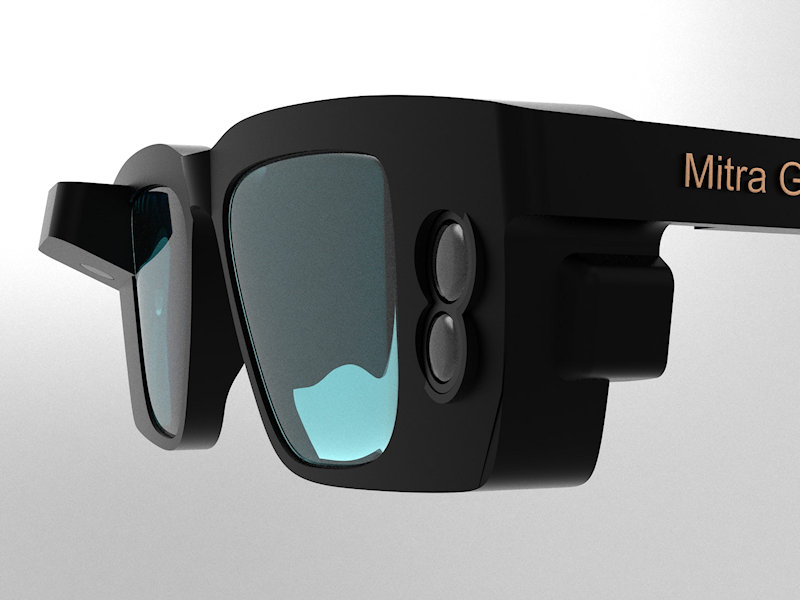Empowering Independence With Assistive Innovation for the Blind
The integration of assistive modern technology for people that are blind or aesthetically damaged represents a significant improvement in promoting independence and boosting quality of life. With an array of devices-- from screen visitors to innovative responsive tools-- these technologies not just promote navigating and interaction yet additionally promote social inclusion and engagement in numerous elements of life.
Understanding Assistive Modern Technology
Although assistive modern technology has actually evolved significantly for many years, its basic objective stays the same: to enhance the high quality of life for people with handicaps, specifically those that are visually impaired or blind. This modern technology incorporates a wide variety of devices and devices that facilitate self-reliance and functionality in daily tasks.
Assistive innovation can be categorized right into low-tech and modern options, each designed to fulfill certain demands. Sophisticated tools usually include software application applications, specialized hardware, and flexible gadgets that make use of innovative technology to supply support in different contexts. On the other hand, low-tech remedies might involve daily things that are customized to improve access, such as magnifiers or responsive markers.
The assimilation of assistive innovation right into the lives of people who are blind or aesthetically harmed not just promotes autonomy but also fosters social addition and engagement in expert and academic atmospheres. By leveraging these innovations, users can browse their surroundings, access info, and interact properly, consequently improving their general lifestyle. Understanding assistive innovation is important for supporters, experts, and caretakers who aim to support people in optimizing their possible and accomplishing greater freedom.
Sorts Of Assistive Tools
Assistive tools for the visually damaged and blind are necessary devices that enhance daily living by resolving certain obstacles experienced by individuals. These devices can be generally classified right into 3 primary kinds: optical devices, digital devices, and sensory gadgets.

Sensory devices, such as Braille displays and responsive maps, offer different ways to receive details. Braille displays transform electronic text right into Braille, allowing individuals to review touch. Tactile maps offer spatial understanding via raised lines and textures, allowing for much better ecological recognition.
With each other, these assistive devices empower people with aesthetic problems to engage more fully with their surroundings, advertising better self-reliance and confidence in everyday tasks.

Influence on Day-to-day Live
The combination of assistive modern technology into the day-to-days live of individuals who are aesthetically damaged or blind considerably enhances their capability to browse and engage with the globe around them. Gadgets such as display visitors, Braille presents, and mobile applications assist in access to information, permitting customers to involve with digital web content, communicate effectively, and handle daily jobs independently.
In addition, innovations like smart glasses and navigating apps give real-time support in unknown environments, boosting movement and self-confidence. These tools enable customers to determine barriers, read indications, and even acknowledge faces, thus promoting a feeling of freedom in public areas. In addition, home automation systems, which can be controlled via voice commands, allow people to handle their living settings more properly, boosting comfort and security.
The influence of assistive innovation extends beyond functional jobs; it promotes social addition and psychological well-being. By connecting the space in between people and their surroundings, these innovations encourage customers to take part fully in neighborhood activities, seek instructional chances, and take part in meaningful connections. Eventually, the innovation of assistive innovation contributes in redefining the possibilities for individuals who are blind or visually impaired, resulting in a much more inclusive and available culture.
Success Stories and Testimonials

Another effective endorsement comes from Mark, a current university graduate who made use of display analysis software program throughout his academic journey. This modern technology allowed him to accessibility training course materials and take part in conversations, eventually bring about his effective shift into the labor force. Mark credit histories assistive modern technology for empowering him to attain his career objectives, highlighting its role in leveling the check this having fun field for people with visual problems.
Additionally, community facilities have actually reported boosted participation in their programs thanks to the intro of easily accessible digital platforms. These systems have actually made it less complicated for individuals to attach, share resources, and support each other. These success stories jointly highlight the extensive effect of assistive innovation in cultivating independence, boosting quality of life, and damaging down obstacles for the aesthetically impaired and blind neighborhood.
Future Fads in Assistive Tech
Arising technologies are poised to reinvent the landscape of assistive technology for people who are visually damaged or blind. Developments in synthetic intelligence (AI) and artificial intelligence are enhancing the capabilities of tools, enabling even more user-friendly customer experiences. For instance, AI-driven applications are increasingly able to check out and acknowledge things message aloud in real-time, offering individuals with beneficial details concerning their surroundings.
Furthermore, developments in wearable technology are developing brand-new chances for freedom. Smart glasses outfitted with increased truth features can overlay critical info onto the user's visual field, promoting navigating and interaction with the atmosphere. The combination of Internet of Points (IoT) devices is enhancing ease of access in clever homes, enabling customers to manage devices and get notices with voice commands or responsive interfaces.
The growth of braille displays and the eye center tactile comments systems is also increasing, advertising access to electronic web content and enhancing interaction. As these technologies remain to advance, they promise to improve day-to-day living, educational chances, and work prospects for individuals with visual problems. Continuous partnership in between engineers, users, and campaigning for teams will certainly be vital in making certain these developments fulfill the needs of the community efficiently.
Final Thought
Finally, assistive innovation plays an essential duty in boosting the freedom of people who are blind or visually impaired. By supplying necessary devices and sources, these modern technologies facilitate improved interaction, navigation, and gain access to to info, thereby promoting autonomy and self-esteem. The transformative effect of assistive gadgets not only advertises effective communication with the setting yet likewise urges social addition and participation in numerous aspects of life, eventually encouraging users to prosper within their neighborhoods.
The combination of assistive innovation for individuals who are visually damaged or blind stands for a substantial innovation in promoting self-reliance and enhancing high quality of life.The combination of assistive visit our website technology right into the lives of individuals who are blind or visually impaired not just promotes freedom however also promotes social addition and engagement in professional and academic environments. Inevitably, the improvement of assistive technology is crucial in redefining the possibilities for people who are aesthetically damaged or blind, leading to a much more accessible and comprehensive culture.
Lots of people who are aesthetically damaged or blind have shared motivating success tales that highlight the transformative effect of assistive modern technology on their lives.In conclusion, assistive innovation plays an essential role in improving the independence of individuals who are aesthetically impaired or blind.